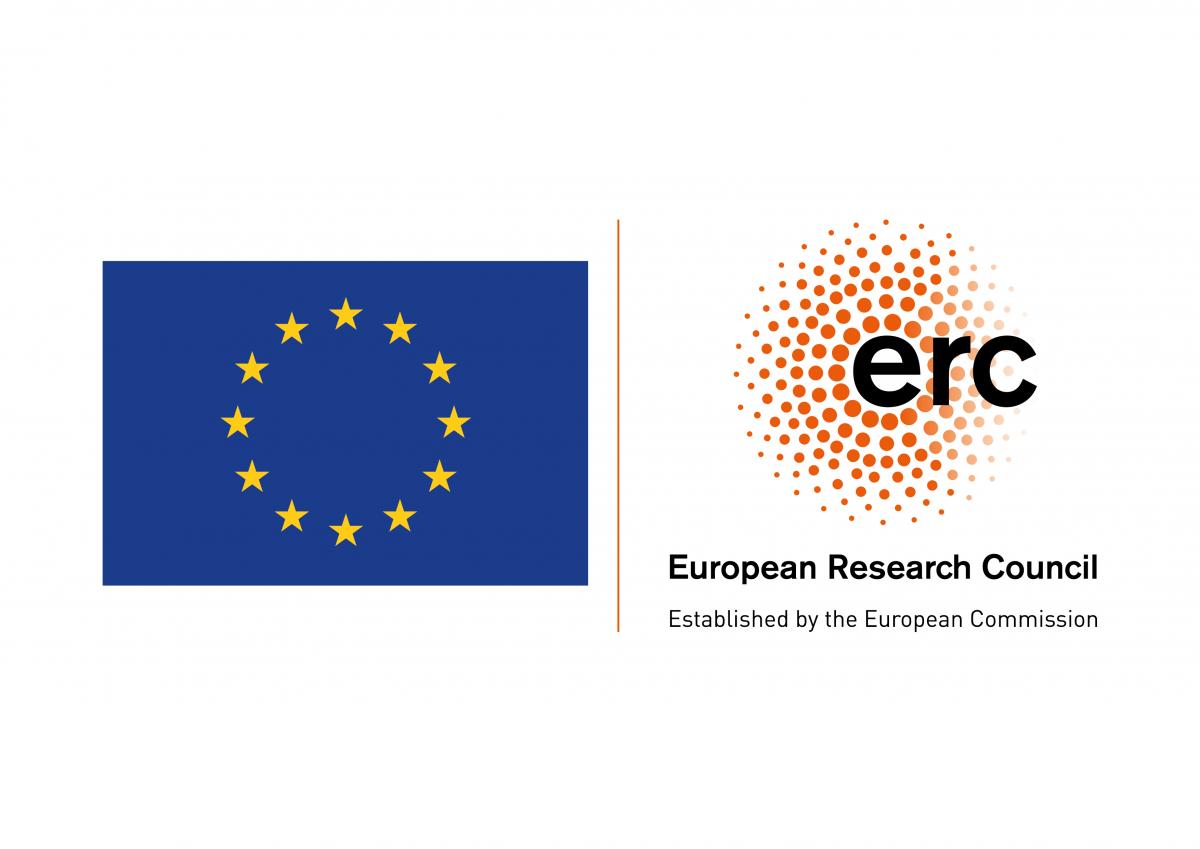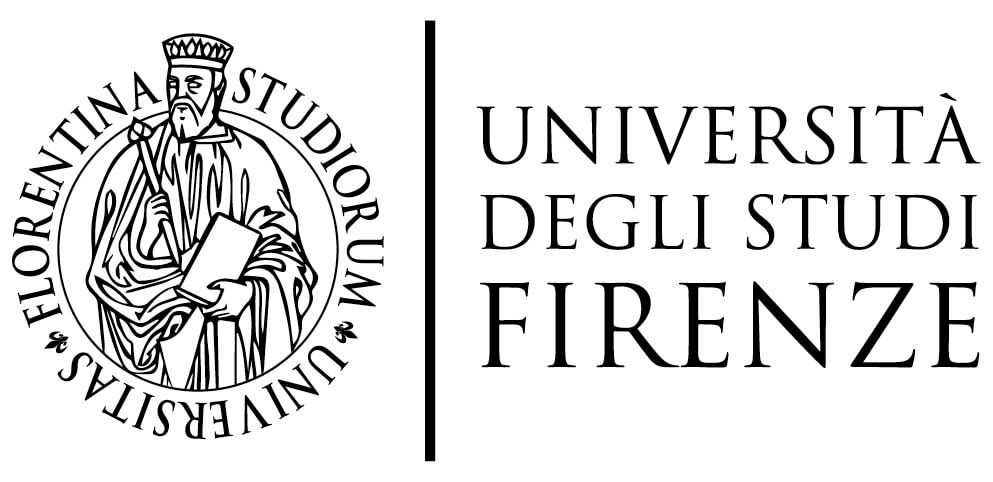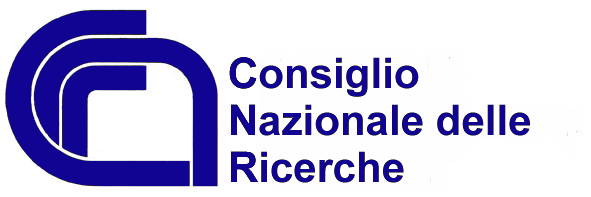Rome Transformed
Welcome
On behalf of the Rome Transformed Team, it is a pleasure to welcome you to our project website.
Over the next five years, through to October 2024, we aim to bring you a steady flow of updates on our research into continuity and change in south-east Rome over eight formative centuries, a period spanning from the Principate of Augustus to the Pontificate of Leo III.
Integral to our research will be a series of workshops, colloquia, and conferences, conducted in both Rome and Newcastle, and accessible online.
Rome Transformed (ROMETRANS) aims to advance our understanding of Rome and its place in cultural change across the Mediterranean World by mapping political, military, and religious changes to the eastern Caelian from the first to eighth centuries CE. The programme offers multiple gains for archaeologists, historians, topographers, and geographers by documenting both the mundane and monumental elements of the city fabric in chronological, geographical, and ideological relationship to one another. From the extravagant horti, the houses of elite families, through successive imperial palaces to the seat of papal governance, the area’s architecture embodied changing expressions of political power. From the early military stations, through the grandeur of the barracks of the emperor’s horse guards, to the building and rebuilding of the Aurelian Walls, it reveals notions about the intersection of security and military power. And from the temples and shrines founded under the Republic to the world’s first Cathedral, it attests successive religious regenerations.
Rome Transformed has three objectives: first, it determines the appearance of the buildings and spaces that articulated and drove these changes, producing academically robust visualisations (what the project calls ‘provocations’), appropriately contextualised. Second, it brings these elements together to model the key transformations that saw the Eastern Caelian reshaped to meet the needs of shifting political, military, and religious ideas. Third, it provides a longer-term interdisciplinary perspective on the changing shape of this pivotal area than any previously attempted.
The project is grounded in a survey of unprecedented scale and intricacy, which evolves a new methodology for complex urban areas. The research area covers 68 hectares and includes, alongside multiple other structures, a 1.5 km long tract of the Aurelian Walls and 0.67 kms of the Claudio-Neronian aqueduct. It integrates documentary sources, architectural analysis, and the investigation of 12 sub-surface excavated areas with the largest unified laser scanning and geophysical survey programme (the latter over an area of 12.5 hectares) ever conducted in Rome.
That we are able to even attempt this work owes a great deal to many organisations and people, please see our credits section for details.
Rome Transformed has received funding from the European Research Council (ERC) under H2020-EU.1.1., the European Union’s Horizon 2020 research and innovation programme (Grant agreement No.: 835271).
If you would like to learn more about what we are doing, please do not hesitate to contact me or any of my project colleagues.
Thank you for your interest.
Ian Haynes








